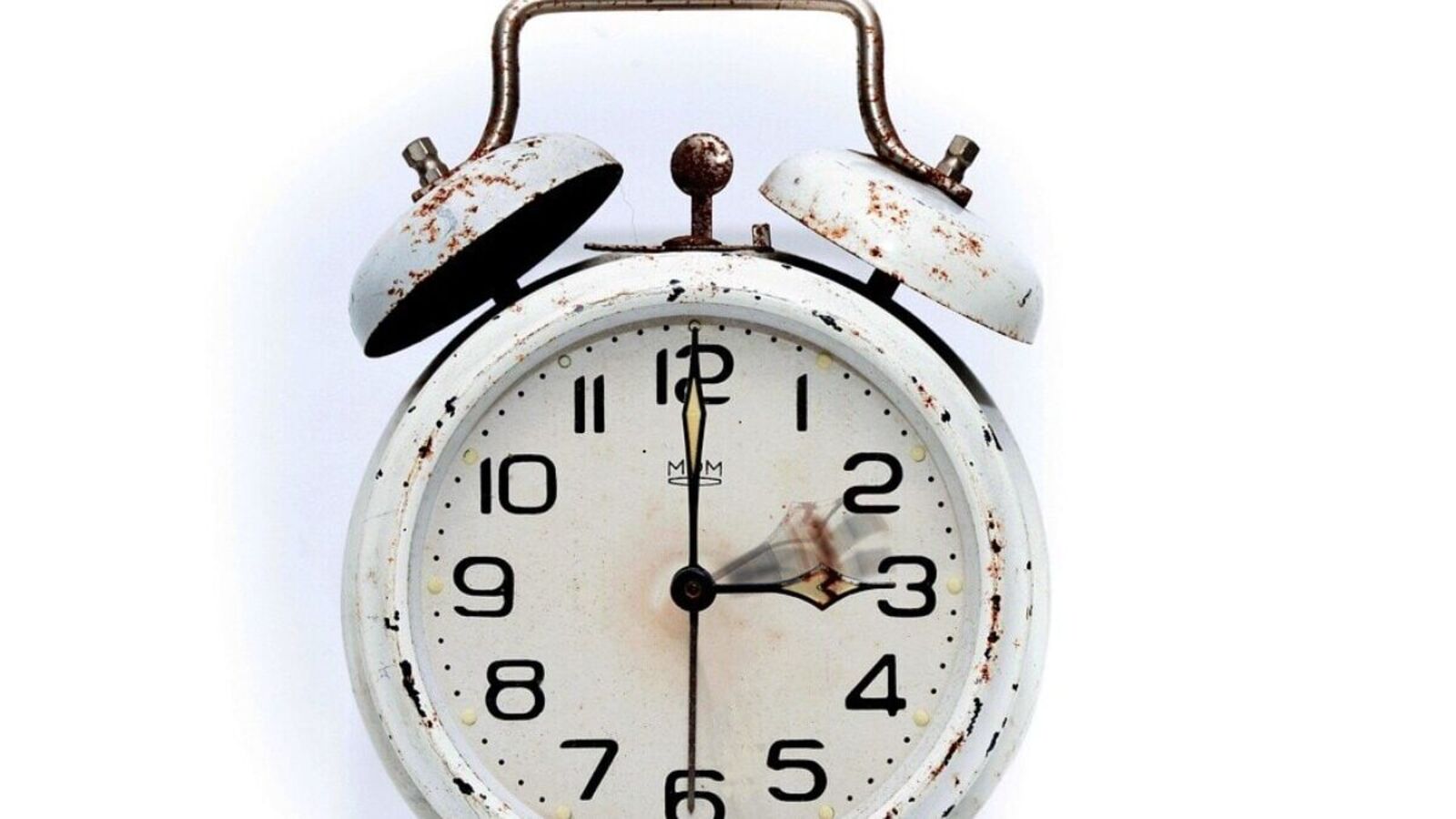Several states across the United States that observe daylight saving time roll their clocks back one hour at exactly 2:00 a.m. on November 2nd. This is the time when daylight saving time will officially come to an end in 2025. With this, evenings will get darker a little sooner in the US. Daylight Savings Time: Why Do People Change Clocks? While some may question the point of changing clocks every year, Americans have a reason to do so. Every year people in some states in the US change their clocks by an hour to accommodate more daylight in summer evenings. The time usually begins on the second Sunday of March and ends on the first Sunday of November, according to ABC News. When clocks “fall back” an hour, people get an extra hour to rest or sleep. For example, on Sunday, falling asleep at 11:00 PM is more like falling asleep at 10:00 PM, once the clock is turned back an hour at 2:00 AM. On the other hand, when clocks jump forward an hour in March to save daylight, people lose one extra hour of sleep. While some children find it difficult to change their sleep cycles, there are adults who appreciate the change. Daylight Saving Time: History According to Britannica, Benjamin Franklin’s whimsical essay first mentioned daylight saving time. In 1907, an Englishman named William Willett campaigned to set the clock back 80 minutes in four parts in April and then reverse it in September. In 1909, the British House of Commons rejected a bill to follow the practice. In the United States, daylight saving time used to start on the last Sunday of April and go until the first Sunday of October. In 1986, a law was passed that changed the start of daylight saving time to the first Sunday in April, but kept the end date the same. Many countries such as Great Britain, Germany, Australia and the United States adopted the daylight saving time procedure during the First World War as an attempt to save artificial lighting to save fuel. According to Britannica, many countries in Western Europe start Daylight Savings on the last Sunday of April and end on the last Sunday of October. In 2022, the Sunshine Protection Act was unanimously passed by the US Senate to make daylight saving time permanent. However, the bill failed to pass the US House of Representatives and was therefore not made into law. Before that, attempts were made to permanently stop Daylight Savings for several years. Frequently Asked Questions Does daylight saving time save energy? No, daylight saving time does not save energy. Is daylight saving time good for industry and retail? There is no evidence to suggest that daylight saving time is useful for industries. When will DST end? It ends on November 2, 2025, when clocks roll back one hour at 2:00 AM.
Daylight Saving Time 2025: This is when you can ‘fall back’ this year
